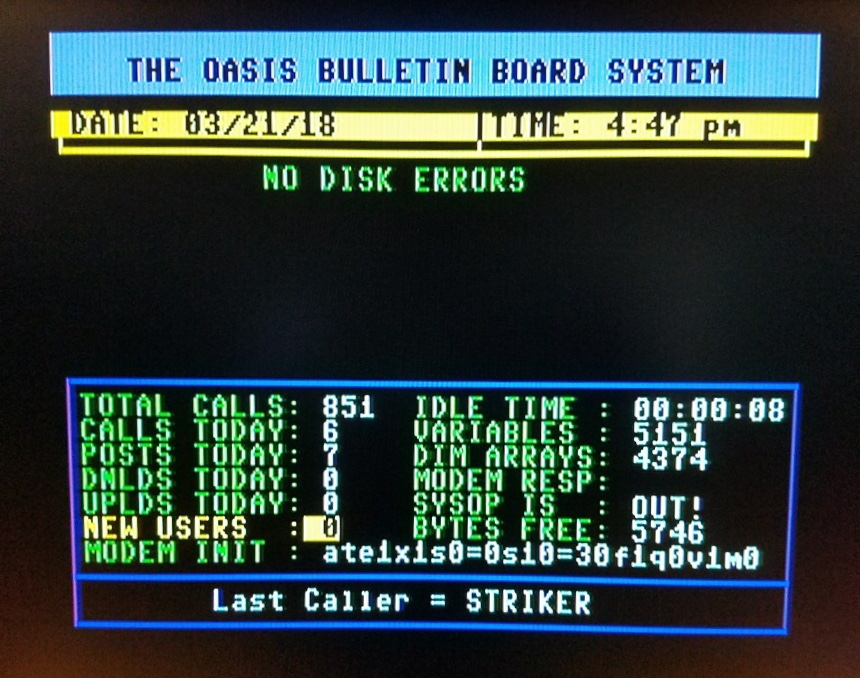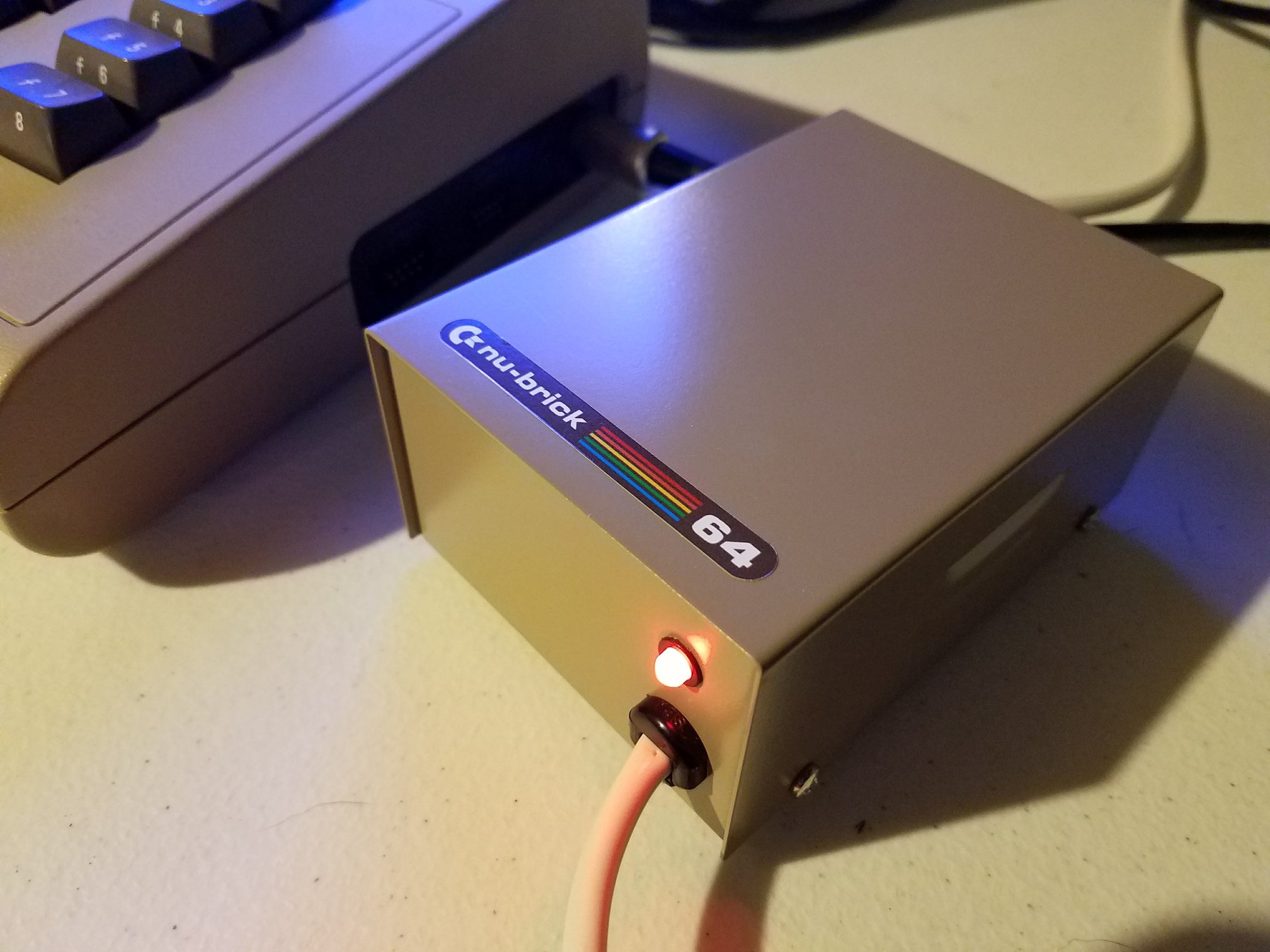In a recent video, The Matrix YouTube channel took a closer look at the Commodore Amiga CD32, a gaming console that, despite its potential, became an industry cautionary tale. Released in 1993 as the first 32-bit CD-based console, it had the technology to lead but failed spectacularly in execution.
The CD32 launched at £300, significantly more expensive than the £105 Super Nintendo Entertainment System (SNES), yet it failed to deliver comparable gaming experiences. Its library was dominated by games that were, at best, minimally enhanced ports of Amiga floppy disk titles. Many of these games neither utilized the CD medium to its fullest potential nor matched the gameplay quality of 16-bit consoles of the time. For example, the CD version of Project X/F-17 Challenge offered no meaningful improvements over its floppy disk counterparts.
The primary downfall of the CD32 was its software catalog. Few titles were designed from the ground up to take advantage of the system’s 650MB CD storage capacity. Instead of bold new experiences, most games were simply repackaged Amiga 1000-era titles, with minor tweaks and uninspired additions like forgettable CD soundtracks. Even when soundtracks were included, their quality was often unimpressive, with some described as “wedding band” level. Notably, even celebrated games like Zool 2 and Super Stardust had inferior soundtracks on the CD32 compared to their floppy-based Amiga versions.
The lack of investment in original, high-quality CD-based games wasn’t due to technological constraints but rather poor decision-making. By the early ’90s, Commodore’s leadership, led by Irving Gould, lacked the vision and understanding of what gamers wanted, especially in a rapidly evolving console market. Game publishers, driven by short-term profit motives, were reluctant to invest in developing new experiences that fully utilized the CD format.
Commodore was right to anticipate the shift to CD gaming. Sony and Nintendo were already exploring the potential of CD-based systems during the same period. However, while Sony took the time to develop games designed specifically for the CD format—culminating in the release of the PlayStation in 1994—the CD32 floundered with a half-hearted library of ports.
Had the CD32 offered innovative gameplay experiences that justified its price, it might have carved out a niche. But it was launched into a market dominated by 16-bit consoles like the SNES and Sega Genesis, which had massive game libraries and proven track records. Without compelling software, the CD32 had little to offer beyond being a technological curiosity.
The CD32’s failure wasn’t just about poor software—it was emblematic of a company that had lost its way. Commodore’s decision to market the Amiga as a games console was forward-thinking, but the execution fell flat. The reliance on quick ports and lack of vision squandered the opportunity to showcase what a 32-bit system could truly offer.
While the CD32 wasn’t the only console of the era to struggle—Atari’s Jaguar 64 also flopped—it serves as a stark reminder that hardware alone doesn’t guarantee success. A console lives or dies by its games, and in the case of the CD32, the library simply didn’t deliver.







